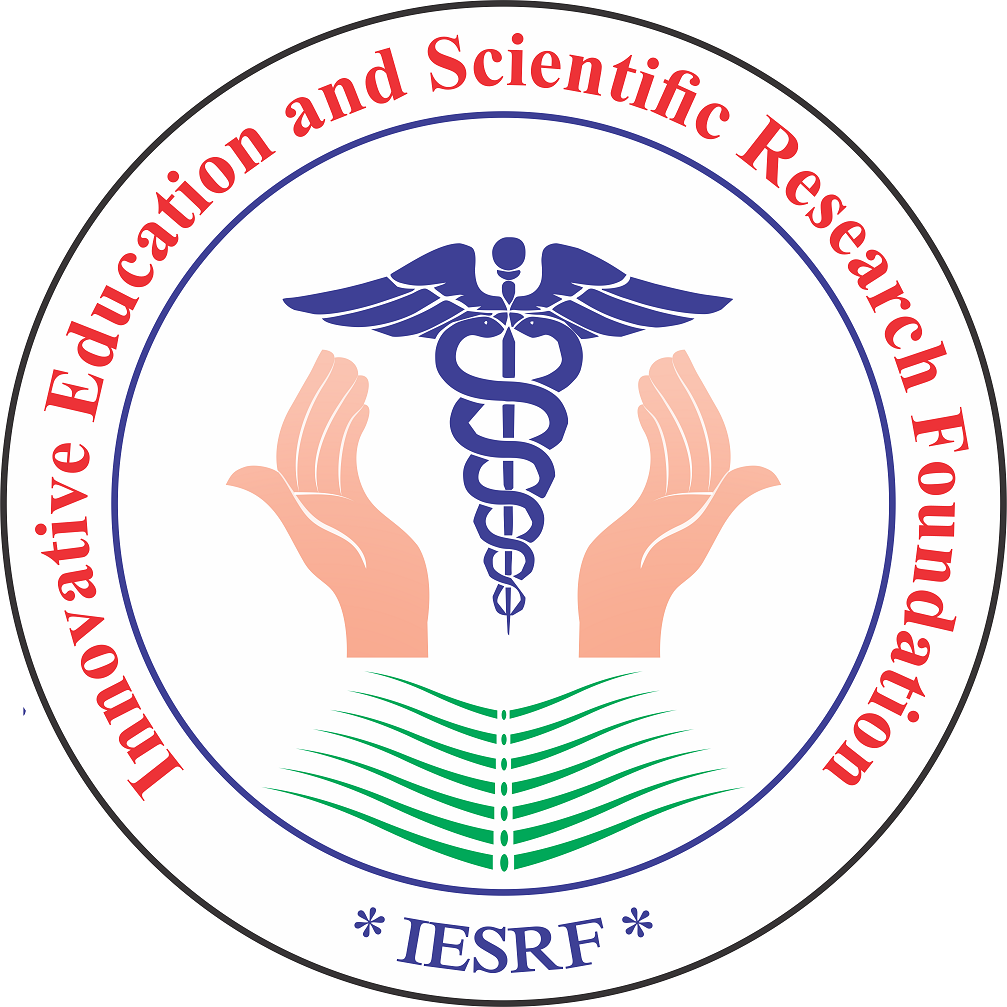- Visibility 98 Views
- Downloads 86 Downloads
- DOI 10.18231/j.ijmr.2025.032
-
CrossMark
- Citation
Analysing centrality measures for key node identification in candida glabrata protein networks
Background: Candida glabrata is an opportunistic fungal pathogen increasingly associated with bloodstream infections in immunocompromised patients. Unlike Candida albicans, it lacks filamentation and demonstrates intrinsic resistance to azole antifungals, complicating treatment strategies. Understanding the molecular interactions underlying its survival mechanisms is vital for identifying new therapeutic targets. This study utilizes protein-protein interaction (PPI) networks and centrality-based analysis to identify essential proteins that may contribute to the pathogen’s virulence, resistance, and adaptation to hostile environments, including antifungal exposure and immune response.
Materials and Methods: Two distinct protein sets—comprising 19 and 11 proteins—were selected and analysed using interaction data retrieved from the STRING database (version 11.5), applying a minimum confidence threshold of 0.7. Networks were constructed in Cytoscape and analysed using Python’s NetworkX library. Four centrality measures—Degree, closeness, betweenness, and eigenvector—were computed to assess the topological importance of each protein. Correlation analysis revealed strong associations between centrality scores, particularly between degree and eigenvector centrality (r = 0.903), confirming internal consistency and robustness of the analytical framework.
Results: In the 19-protein network, BGL2, GAS1, and CRH1 emerged as high-centrality nodes, significantly enriched in biological processes such as fungal-type cell wall organisation (GO:0031505), extracellular region (GO:0005576), and biofilm matrix formation (GO:0062040). The 11-protein network identified BGL2, CTS1, and EXG1 as key proteins associated with riboflavin metabolism (KEGG cgr00740) and biosynthesis (KW-0686). These proteins demonstrated consistently high scores across all four centrality metrics. STRING-based enrichment analysis confirmed that the observed interactions were statistically significant, biologically relevant, and functionally cohesive, validating their critical roles in network architecture and pathogenicity.
Conclusion: These findings highlight centrality analysis as a powerful method for identifying biologically essential proteins in C. glabrata. The integration of network topology with functional enrichment underscores potential targets for antifungal drug development. By revealing central nodes critical to cellular integrity, metabolism, and stress response, this study lays the groundwork for targeted therapeutic approaches aimed at mitigating drug resistance and improving treatment outcomes in fungal infections.
Keywords: Candida glabrata, Protein-protein interaction network, Centrality measures, Key node identification, Functional enrichment, Key node identification, KEGG pathways, Antifungal targets, STRING database, Biological networks.
